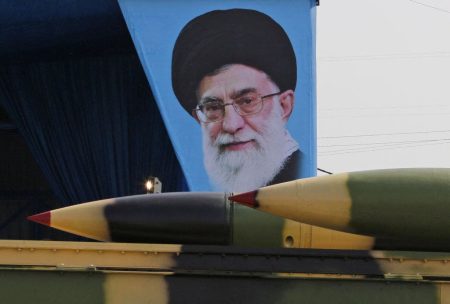The assassination of UnitedHealthcare CEO Brian Thompson has sent shockwaves through the corporate world, forcing companies to confront the stark reality of escalating security risks for their top executives. Thompson’s murder, a meticulously planned attack outside a Manhattan hotel, underscores the vulnerability of high-profile individuals in an increasingly volatile environment. This incident has sparked urgent discussions among security experts and corporate leaders about the need for enhanced protective measures and a fundamental shift in how organizations perceive and address security threats. The arrest of Luigi Mangione, charged with multiple offenses including forgery and firearms violations, has provided some answers, but the investigation continues to unfold, revealing unsettling details about the suspect’s alleged motivations and meticulously planned attack.
The Thompson tragedy highlights the convergence of several factors contributing to the heightened risk environment faced by corporations today. Activism, often fueled by misinformation and divisive rhetoric, can escalate into targeted threats against corporate leaders. Geopolitical instability and international tensions further complicate the security landscape, creating unpredictable risks for businesses with global operations. Moreover, personal grievances, whether stemming from disgruntled employees, former business partners, or individuals with extremist ideologies, can manifest as targeted violence against high-ranking executives. These converging factors create a complex and dynamic threat environment that demands a proactive and adaptable security approach.
Experts emphasize that effective executive protection requires a paradigm shift in corporate thinking. Rather than viewing security measures as a mere expense, organizations must recognize them as a strategic investment in safeguarding their leadership, reputation, and ultimately, their future. The absence of security incidents should not be interpreted as a justification for reduced investment in protection but rather as evidence of the effectiveness of existing measures. Proactive security programs, encompassing threat assessment, intelligence gathering, and physical protection measures, are essential for mitigating risks and ensuring business continuity in today’s complex threat landscape.
Charles Randolph, chief security officer at Ontic, highlights the need for companies to develop a robust understanding of their threat landscape, encompassing both physical and cyber threats. This involves continuously monitoring and analyzing the evolving geopolitical and activist environments to identify potential risks and vulnerabilities. Effective risk management demands a proactive approach, including network analysis, sentiment tracking, and anomaly detection to identify and mitigate threats before they materialize. Even seemingly insignificant signals, like an unusual email or network irregularity, can be precursors to more serious threats if ignored.
Retired SWAT commander Gene Petrino emphasizes the importance of reframing security discussions within corporations. He argues that the focus should shift from preventing what “might” happen to proactively safeguarding the organization’s most valuable assets: its leaders, its reputation, and its ability to operate effectively. This perspective underscores the vital role of executive protection in ensuring business continuity and maintaining stakeholder confidence. A comprehensive security program is not merely a cost center but a strategic investment that protects the organization’s long-term viability.
The Thompson assassination serves as a stark reminder that no leader, regardless of their prominence, is immune to physical threats. In today’s interconnected world, organizations must adopt a proactive and comprehensive approach to executive protection. This involves not only implementing robust physical security measures but also developing sophisticated threat assessment and intelligence gathering capabilities. By embracing a culture of vigilance and investing in proactive security strategies, corporations can mitigate risks, protect their leadership, and safeguard their future in an increasingly volatile world. The evolving threat landscape demands vigilance and adaptability, requiring companies to continuously assess and refine their security strategies to stay ahead of emerging threats. The Thompson tragedy underscores the imperative for corporate leaders to prioritize security, not as a reactive measure, but as a strategic imperative for organizational resilience and long-term success.










